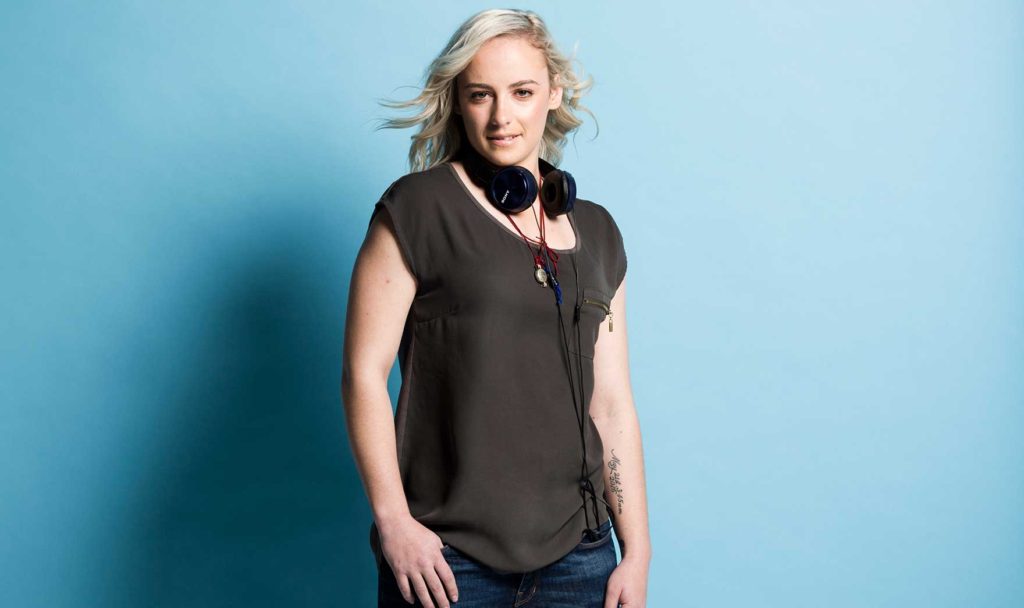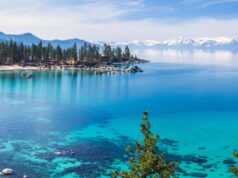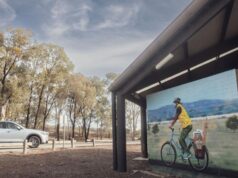A feature story for The Weekend Australian Magazine, published September 17, 2016.
Kokoda at eight, Kilimanjaro at 14, Everest at 19. Is there anything mountain-climber Alyssa Azar can’t do?

Excerpt below.
PHOTOGRAPHY: EDDIE SAFARIK
The perfect day begins under a full moon at 8pm on a lifeless, frozen wasteland where the human body begins to die, sometimes slowly, sometimes fast. The South Col of Mount Everest is a windswept mess of discarded oxygen bottles, rubbish, human waste and tents housing a down-suited, masked mob of high-altitude mountaineers. Welcome to the death zone – there’s no place you’d rather be. It can’t sustain life, but it somehow manages to sustain a dream.
Midnight overtakes your laborious ascent as you join a queue, sometimes waiting 10 minutes between steps. The rock lying in the shadows that you step over reveals itself to be a body, frozen where it fell. Come for the summit, stay for a lifetime. All going well, you’ll reach a point where every direction slopes down. On a planet of 7.5 billion people, no one stands taller than you.
When 19-year-old Alyssa Azar became the youngest Australian to reach the summit of Everest at 3.45am on May 21, it marked the fulfilment of a dream – a dream that had already been wrenched from her grasp twice before, in circumstances traumatic enough to make even the most hardened mountaineer reconsider the risks. The elation of her success, though, was tempered by news that another Australian, Maria Strydom, 34, had died on the mountain the following day. Alyssa had seen Maria twice, the first time high on the south-east ridge: Maria was suffering altitude sickness and had called off her summit bid. The second time was on the descent the next day, a short distance below the South Col where Maria would die soon after.
Alyssa would return to Australia in triumph, finally defying the doubters who thought she was too young to climb, too inexperienced at altitude, not strong enough, too different from other mountaineers. But her strange, isolated existence, where a single-minded fixation on one goal has left little room for human connection, raises the question: how will the young mountaineer cope if her life should ever cross paths with the real world? Is the biggest danger of Everest that the view from the top leaves you looking into a void?
For the full story, visit The Australian.


